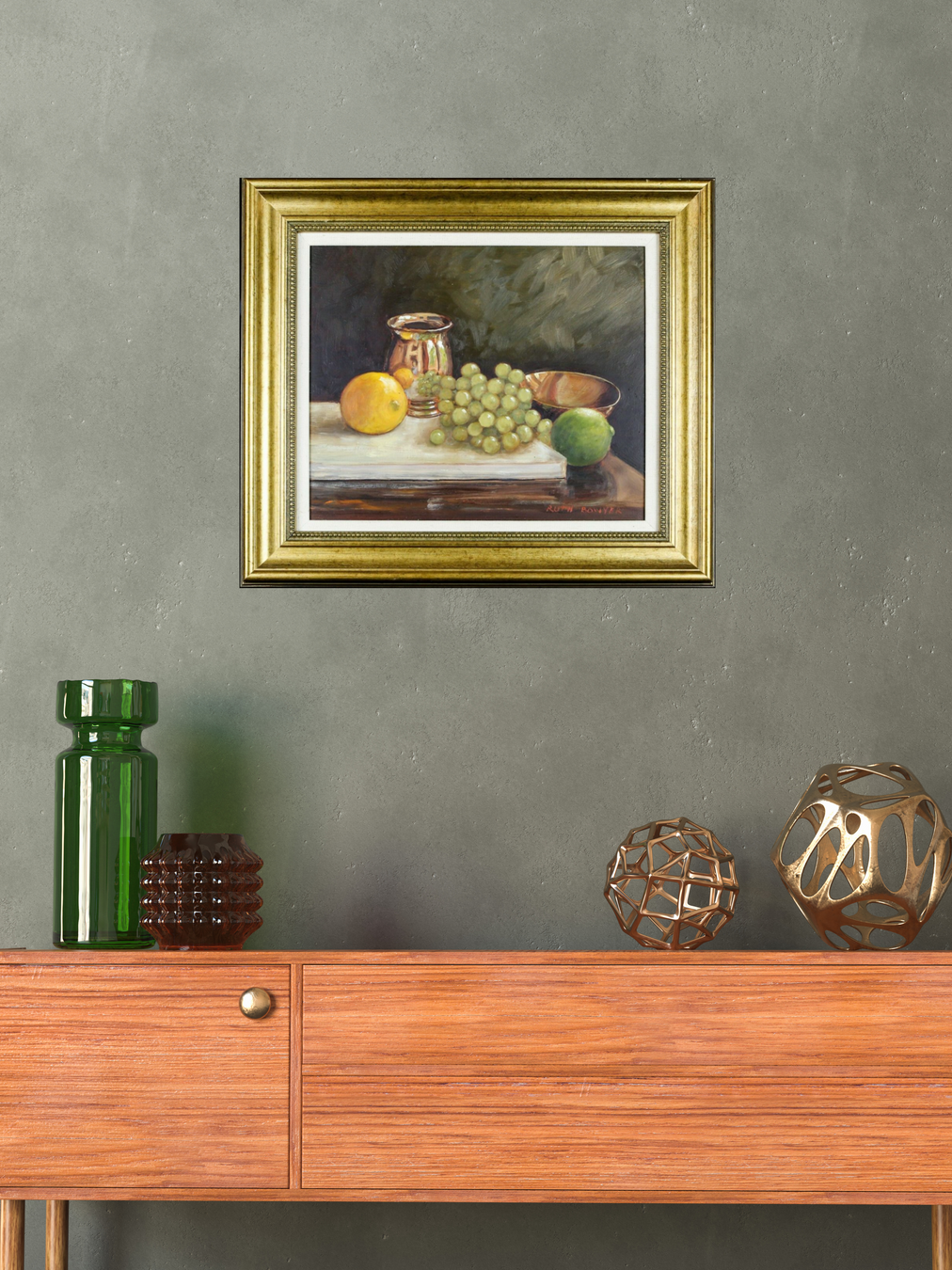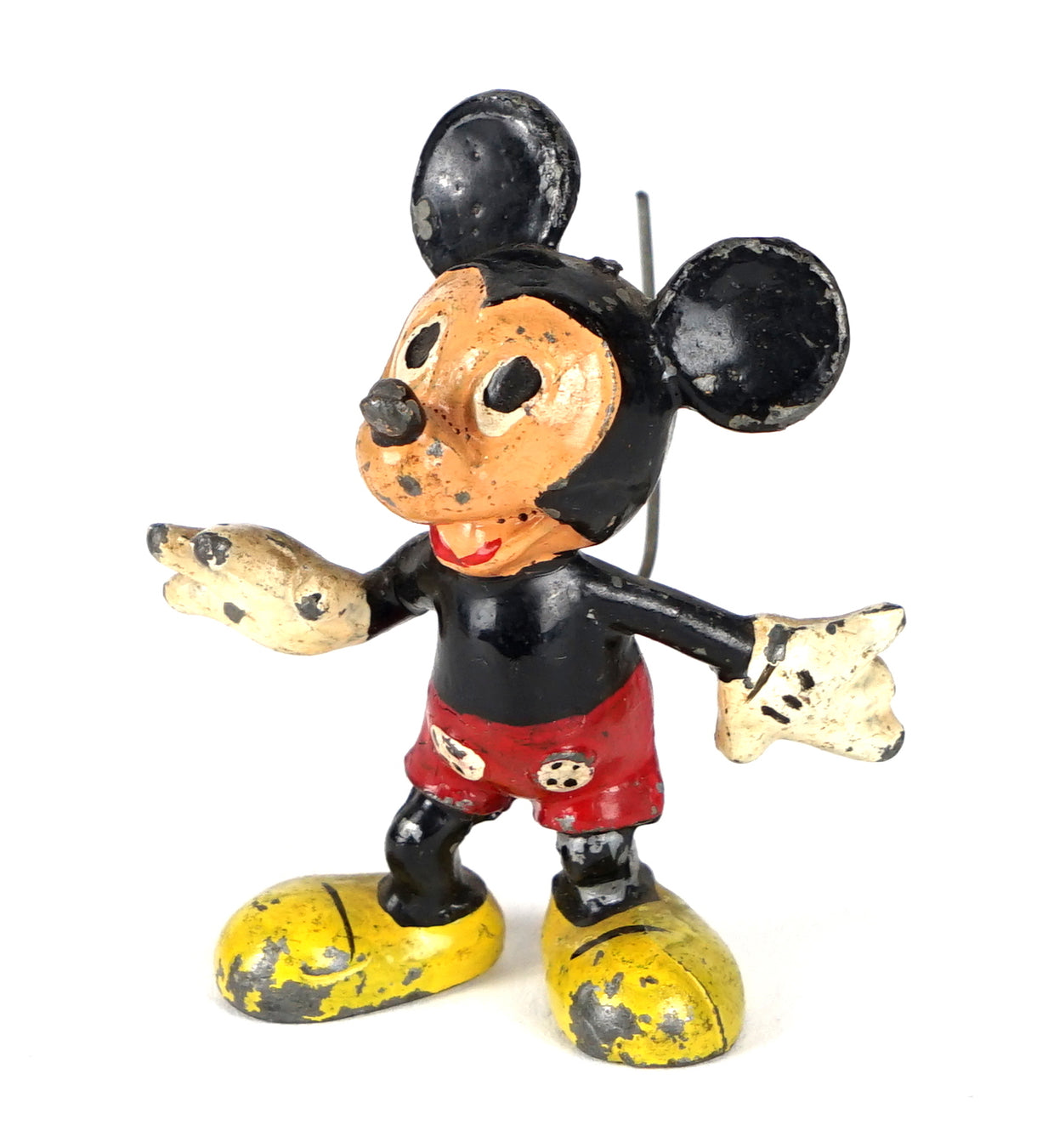Sell Your Collectables

How To Identify An Antique
Whether you’re going through your attic, basement or purchased something old and unique at a car boot sale. The following tips may help you identify if you have something rare or valuable. There are countless great resources to help you locate the history and information of an item you have. By simply giving us a call and sending an image of the item our Antiques dealer Phil, will be sure to give you the right advice.
Free Identification
If you are interested in learning more about an item the best place to start is by identifying its category. Antiques come in all shapes and sizes, and can categorise from furniture, jewellery, glass/china, books/magazines, toys and more. Once you have identified the category the next step is to find the manufacturer mark if there is one. These marks are usually located on the base of items. If you can locate a manufacturer’s mark the next best place to go is Google. Identifying the artist, author or designer will educate you on their work. As well as identify whether they were known for creating or designing the antique you have in possession.
Identifying The Age
After you have a better understanding of the antique and potentially the manufacturer, it is important to find out the age. The first thing to look for is the style or period of time it was created. For example, antique furniture from the Chippendale period was crafted during the mid-1700s whilst Queen Anne’s furniture looks very similar but was crafted at a much earlier date. Both styles look very similar but to the trained eye, key differences can be noted. That’s why it is important to contact experts that may be able to direct you on the best path. Particular styles on the antique will also guide you towards locating the age of the piece.
Antique Guides
A common instance within people selling potential antiques comes from clearing a parents house, you may come into contact with multiple items all from different categories that intrigue you. Having multiple items that are all different can be difficult to identify and educate yourself on, Antique Guide books are perfect for defying antiques in general. These books not only offer an insight into the expert field of antiques they can also offer you a good foundation of knowledge. By simply searching antique guides on Google you can read through descriptions written by experts in their field of knowledge.
Signs Of A Valuable Antique
As the antique trade grows yearly certain pieces can be extremely sought after and desired by avid collectors. Imagine finding an original 1938 Superman comic that sold at auction for £2.4m. Signs such as rarity, uniqueness, reproducibility and desirability all contribute to an antique’s value. A good sign to find on your antique is a number. Numbered antiques (47/150) indicate only a limited number were created, this adds to the desirability of collectors as the piece is much harder to come by. Rare and unusual patterns are also a tell-tale sign of something that has limited availability today. As trends, designs and colours have changed throughout history, certain pieces can be very old and potentially valuable.
Contact Us – PM Antiques
Looking to sell your antiques and collectables? If you think you may have an antique or collectable feel free to give us a call and send some images of the item, Our antique dealer Phil would be more than happy to help! Take a look at our product pages to view our range of antiques and collectables shop online. If you can’t find what you’re looking for, you can subscribe to our Item Alert feature for future product notifications, or use our Find For You service and we will search on your behalf. Alternatively, feel free to contact us on 01483 9300171 or phil@pm-antiques.co.uk if you have any questions or enquiries.




